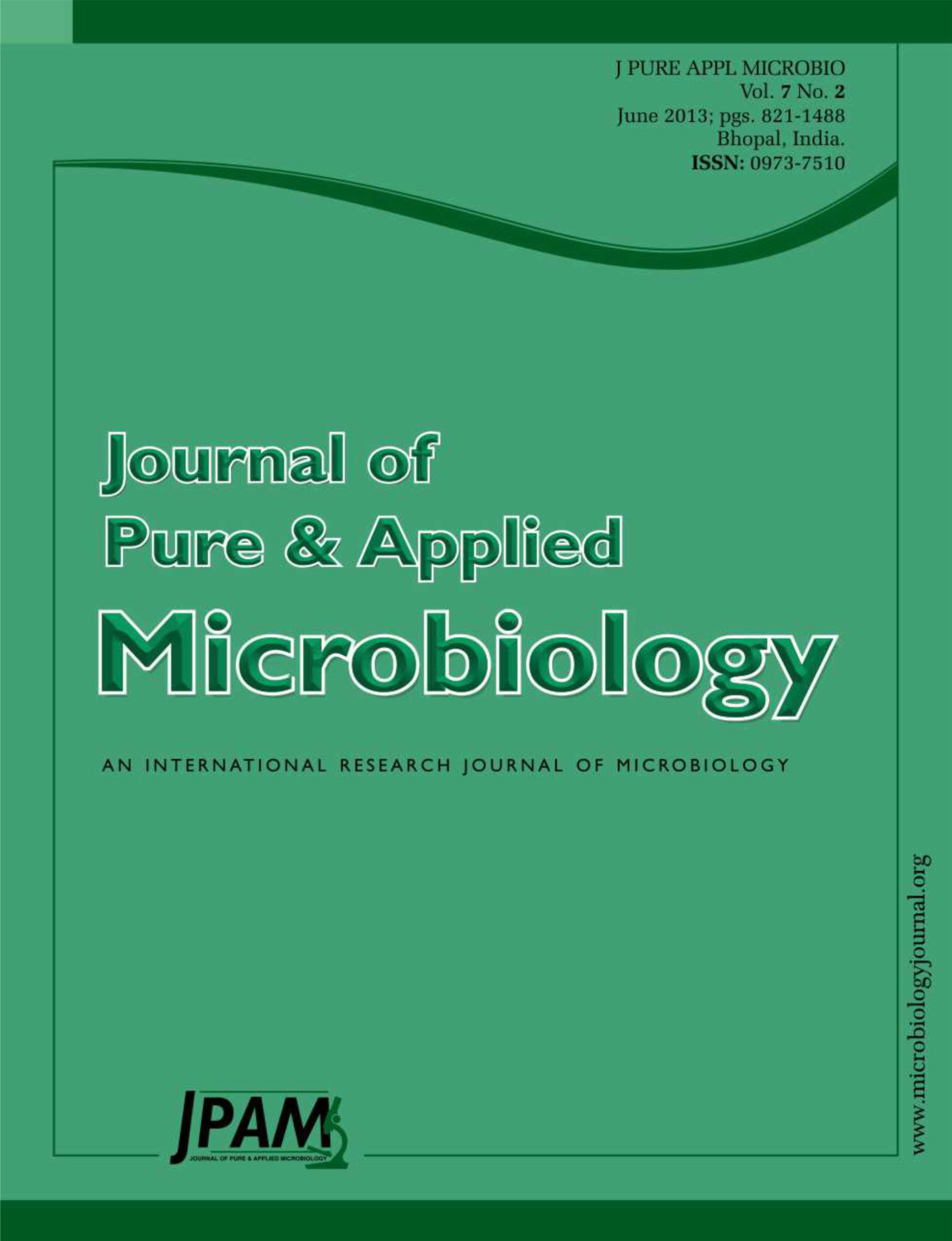The present study was proposed to evaluate the antimicrobial efficacy of Elsholtzia densa, a rare annual herb of Kashmir valley. Five bacterial strains Escherichia coli, Klebsiella pneumoniae, Staphylococcus aureus, Shigella flexneri and Salmonella typhi and three fungal strains Penicillium notatum, Acremonium alternatum and Aspergillus niger were tested for their susceptibility to Elsholtzia densa extracts. All the extracts of Elsholtzia densa with a concentration of 10% (methanol, ethanol, butanol, ethyl acetate and aqueous) were tested for antimicrobial activity by the disc diffusion assay. The total phenolics concentration was found to be 62.5mg% and 77.5mg% in case of absolute ethanolic and 50% ethanolic extracts respectively. However, only ethyl acetate extract showed antimicrobial activity which was visible as the zones of inhibition formed in the different cultures of Gram positive and Gram negative bacteria as well as in case of fungal cultures. The maximum activity was seen for Staphyloccus aureus with inhibition zone diameter of 23.66 ± 2.08 mm followed by Escherichia coli with inhibition zone diameter of 20.33 ± 2.51 mm. The extract had the highest MIC and MBC (4mg/ml) for Staphylococcus aureus and Salmonella typhi while a lowest MIC of 2 mg/ml and MBC of 1.8 mg/ml was shown for Shigella flexneri. In case of antifungal activity, the maximum inhibition zone diameter of 8.00 ± 2.00 mm was observed for Acremonium alternatum followed by 17.33 ± 1.15 mm for Aspergillus niger and 16.33 ± 1.15 mm for Penicillium notatum. The MICs and MBCs for the fungal strains ranged between 2.0 – 4.0 mg/ml. The purpose of screening was to justify, authenticate and validate the use of this herb as a traditional medicine in the treatment of infectious diseases.
Elsholtzia densa extracts, Antimicrobial activity, Bacterial & Fungal strains
© The Author(s) 2014. Open Access. This article is distributed under the terms of the Creative Commons Attribution 4.0 International License which permits unrestricted use, sharing, distribution, and reproduction in any medium, provided you give appropriate credit to the original author(s) and the source, provide a link to the Creative Commons license, and indicate if changes were made.


